My extensive list of skills
UX Researcher vs UI Designer vs Product Designer - Which Role Fits You?
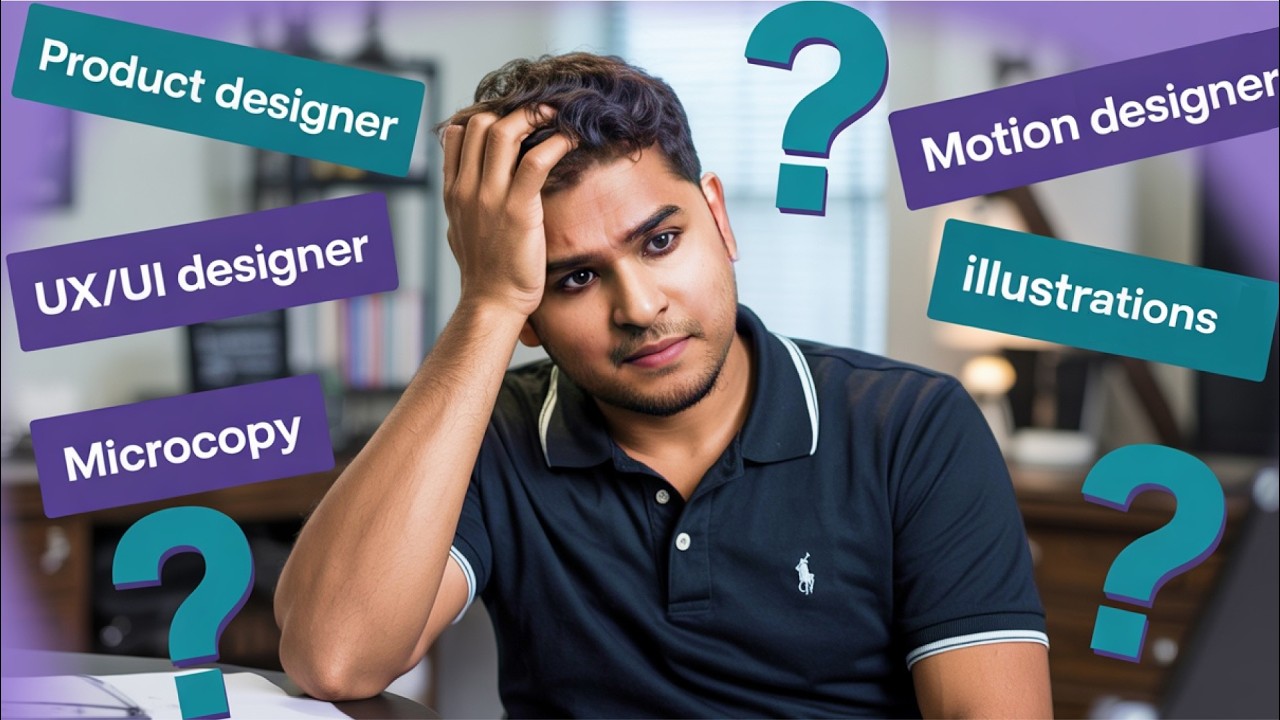
Job titles in design are messy. “UX Designer,” “UI Designer,” “Product Designer,” “UX Researcher” - they often overlap, and companies use them differently. This guide breaks down common UX/UI roles, what each actually does day-to-day, and how to choose the path that fits your skills and interests. The guidance below is adapted from Rohan Mishra’s video and expanded with practical notes to help you decode job descriptions and map a career path.

Table of Contents
- Quick overview: Three buckets of design roles
- Core design roles - who does what?
- Research & strategy roles - insight and long-term thinking
- Specialized roles - expert crafts inside product teams
- Real-world truth: many companies expect generalists
- How to pick the right role for you
- Next steps and career advice
- FAQ
- Credits
Quick overview: Three buckets of design roles
- Core design roles - hands-on product work (UX, UI, UI/UX hybrid, Product Designer).
- Research & strategy roles - insights, long-term planning, and information structure (UX Researcher, UX Strategist, Content/Information Strategist, Service Designer).
- Specialized roles - focused craft areas (Interaction Designer, Information Architect, Illustrator/Icon Designer, Motion Designer, Prototyper, UX Writer).
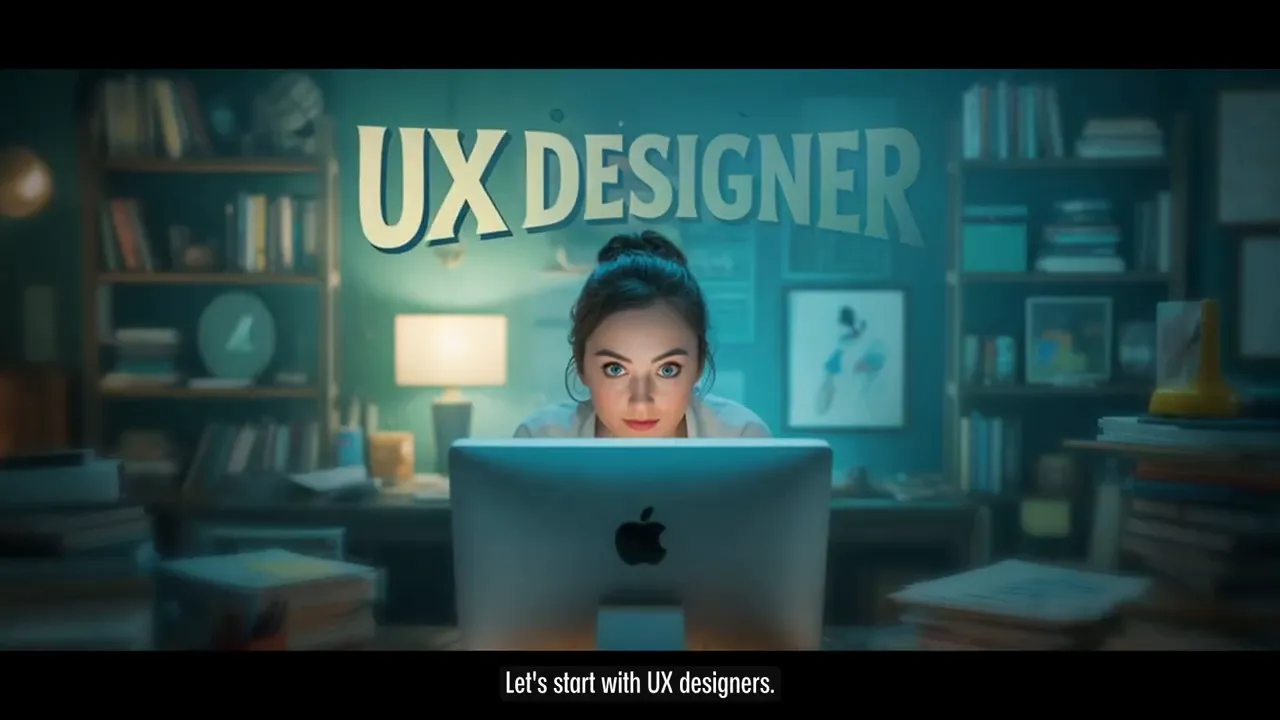
Core design roles - who does what?
UX Designer
UX designers are generalists focused on the user’s experience across the product. Typical responsibilities:
- User research and empathy work
- Journey mapping and information architecture at a high level
- Wireframing and prototyping to test flows
- Collaborating closely with developers during handoffs
Think of UX designers as the user advocate inside the business - they translate user needs into usable flows and features.
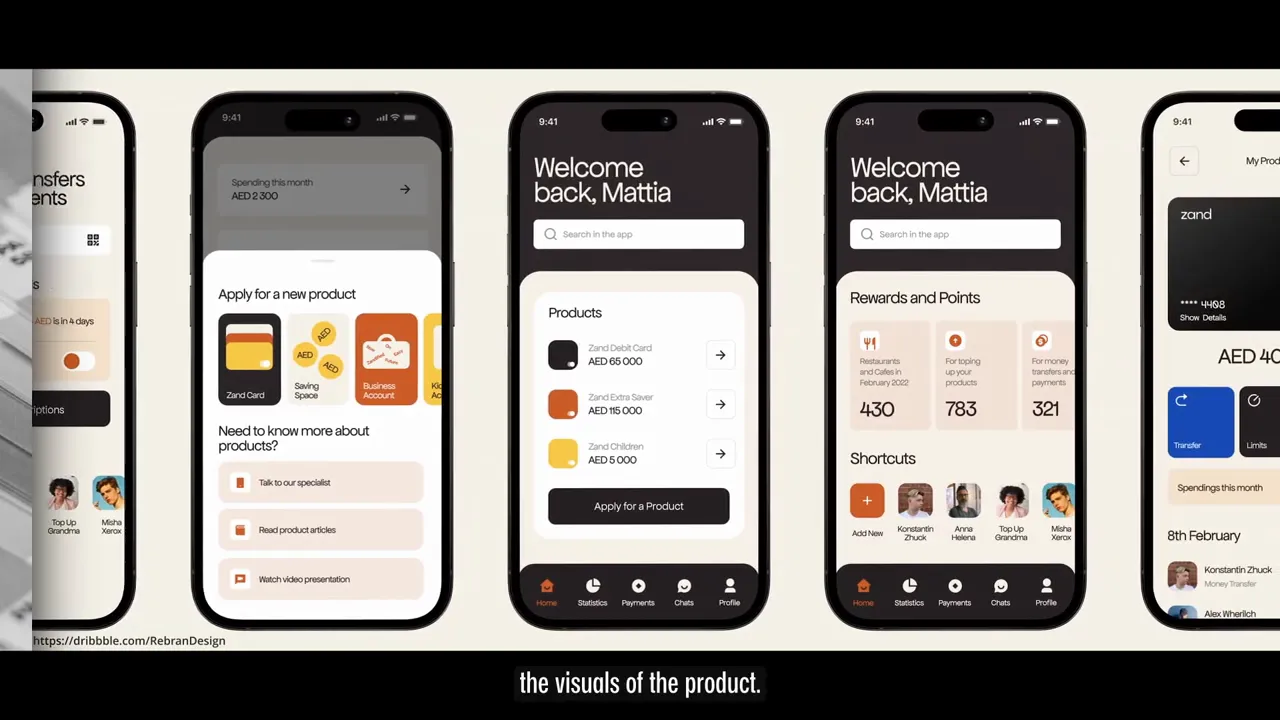
UI Designer
UI designers focus on visuals and polish: colors, typography, spacing, components, and micro-interactions. If you care deeply about the details of how things look and feel visually, UI is the place to be.
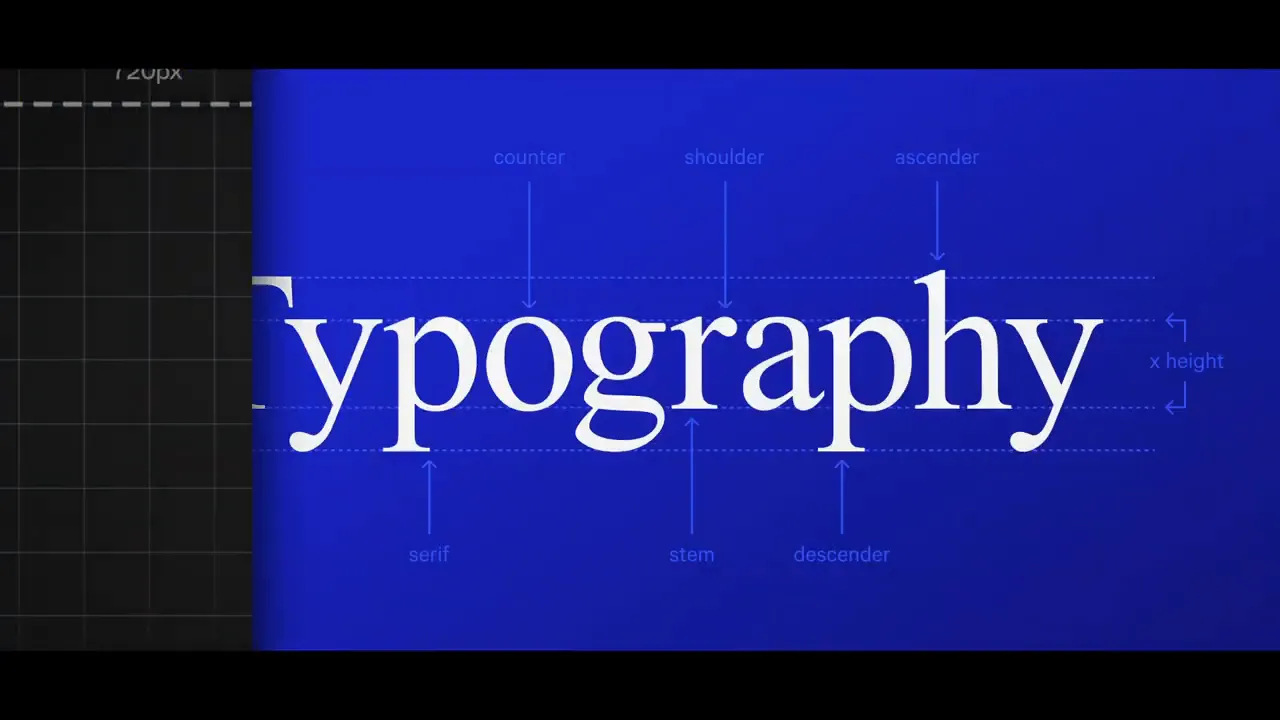
UI/UX (Hybrid)
Common across startups and many companies (especially in India): the hybrid role expects you to handle both UX and UI work. You’ll own the user flow and polish the interface. This is ideal for generalists who enjoy end-to-end product design.
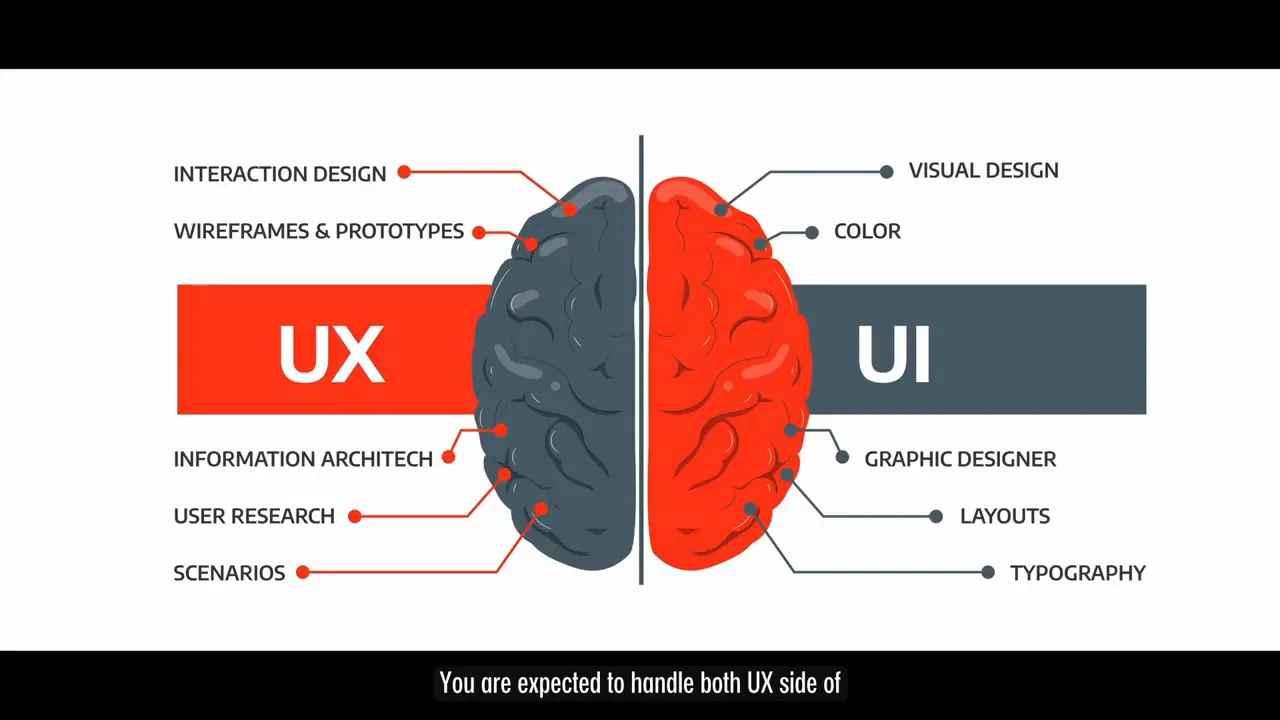
Product Designer
Often misunderstood. Product designers combine design craft (UX+UI) with product thinking and business context. Their scope usually includes:
- Problem discovery and user research
- Cross-functional collaboration with PMs and stakeholders
- Designing features and end-to-end flows
- Tracking live metrics and iterating after launch
Large organizations created this role to reduce loss of context between UX, UI, and strategy teams - one person owns the design from discovery to metrics.
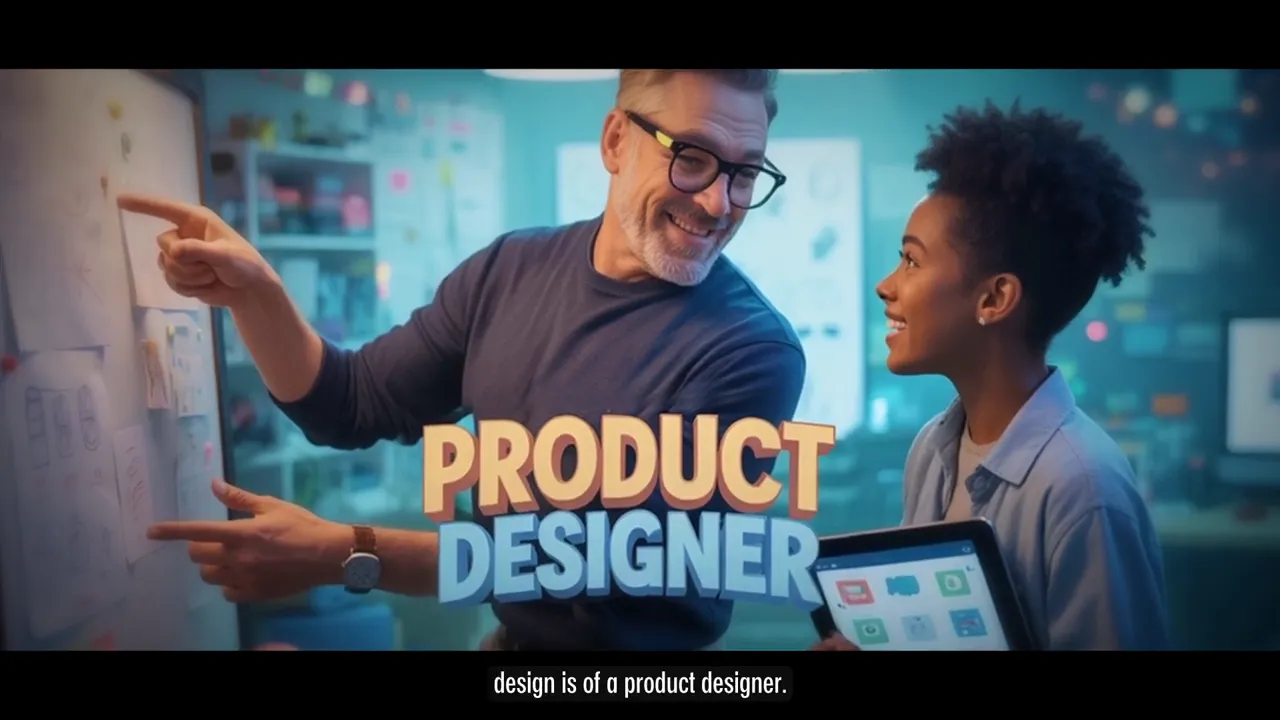
Research & strategy roles - insight and long-term thinking
UX Researcher
UX researchers dig into who users are, what they do, and where they struggle. Their job is to surface insights that designers and product teams can act on. Methods include interviews, usability testing, surveys, and behavioral analysis.

UX Strategist
Strategists look at the long-term impact of design on business goals. They operate at a higher level - often consulting or senior roles - aligning design efforts with product and business strategy.

Content / Information Strategist
Focuses on information architecture: how content is structured, labeled, and accessed. Crucial in text-heavy products (marketplaces, documentation platforms, complex B2B apps).

Service Designer
Looks beyond screens to include offline and cross-channel touch points - blending CX (customer experience) with UX. Service designers map and design every customer touchpoint: physical, digital, and internal processes.
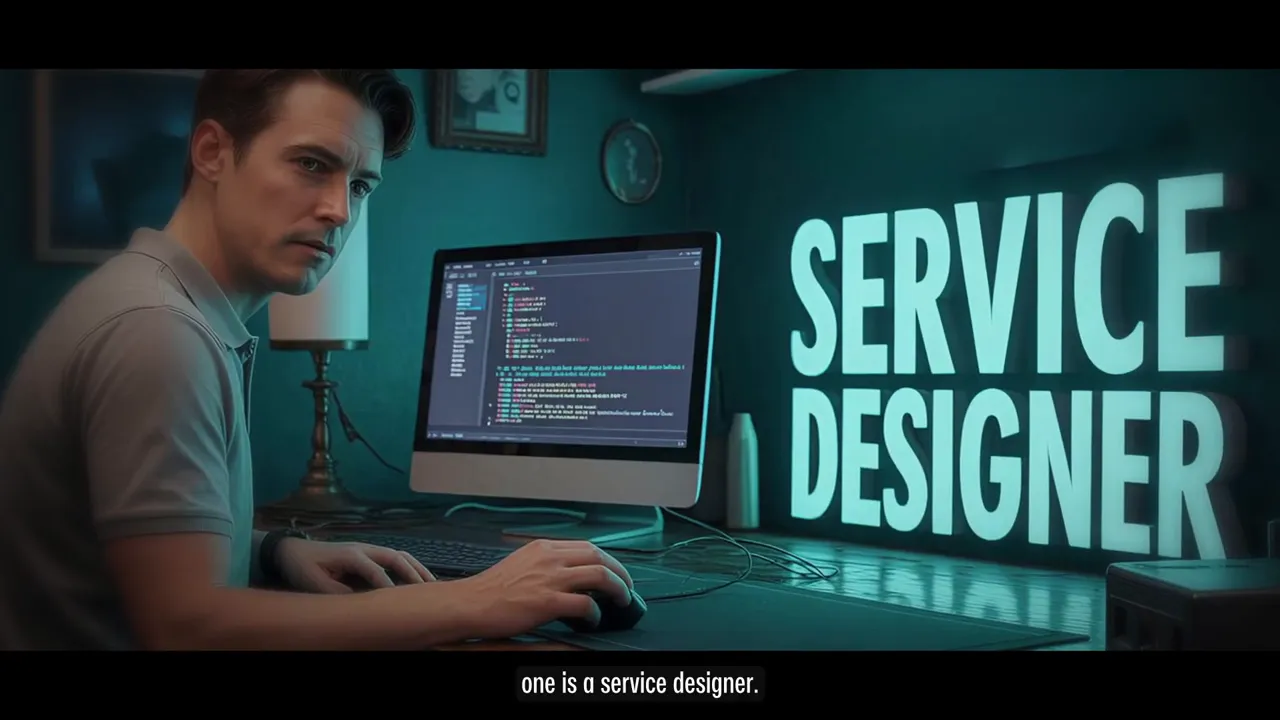
Specialized roles - expert crafts inside product teams
Interaction Designer
Designs system feedback and interactive behaviors. Every click, drag, scroll, and transition is within their domain. Their goal: make interactions meaningful and communicative so users immediately understand the result of their actions.
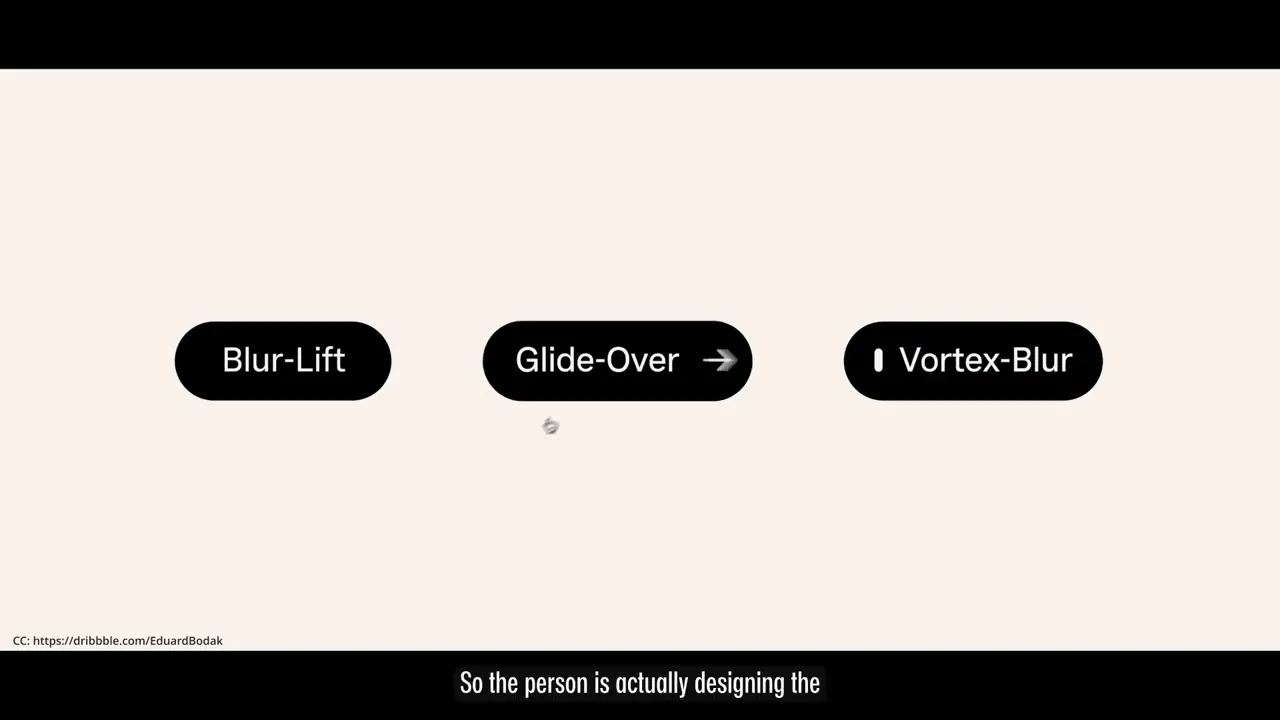
Information Architect
Structures content in a way that prevents overwhelm and enables intuitive navigation - especially important for large catalogs or complex apps (e.g., e-commerce category structures).

Illustrator / Icon Designer
Creates brand illustrations and icons used to delight users and elevate the perceived value of the product. Companies invest in this to attract premium customers and create memorable brand moments.

Motion Designer
Creates animations that communicate state changes or delight users (order confirmations, transitions, playful micro-animations). Motion designers bring interfaces to life and help communicate context through movement.
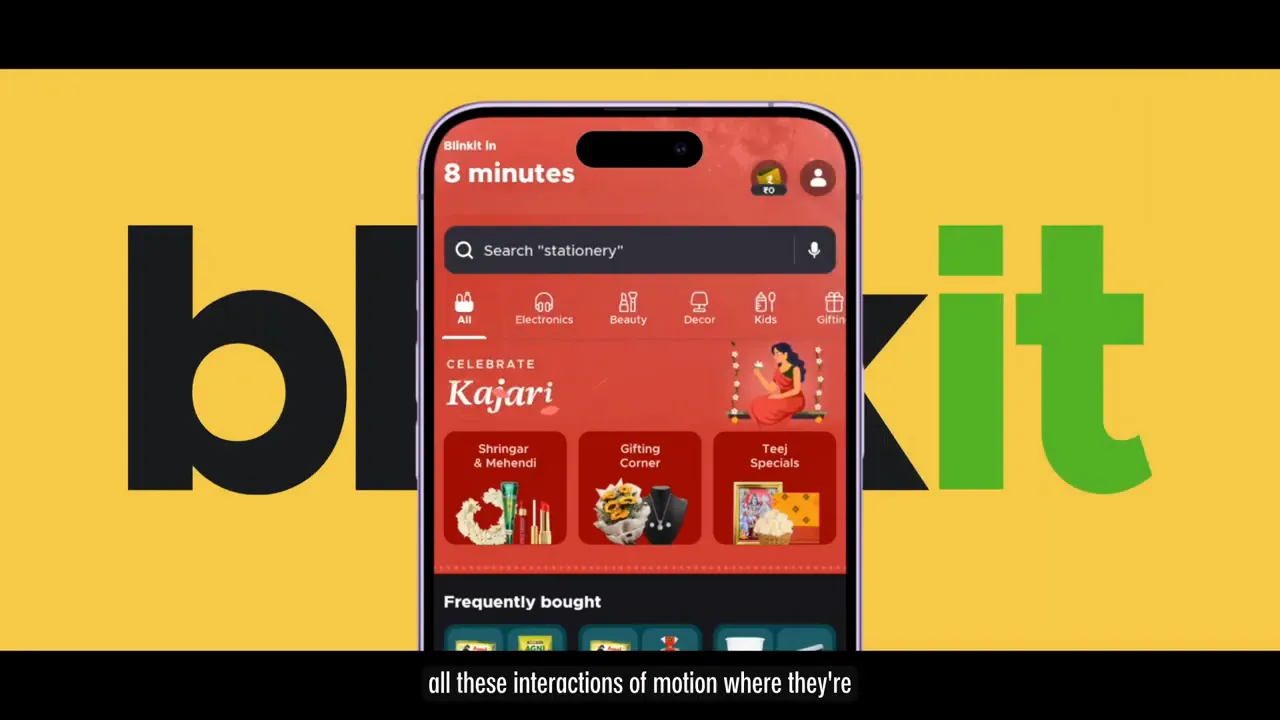
Prototyper
Builds high-fidelity, near-real prototypes-using tools like Framer, Principle, or code-so teams can test realistic interactions before expensive engineering. Mostly found in companies with larger budgets for pre-development testing.
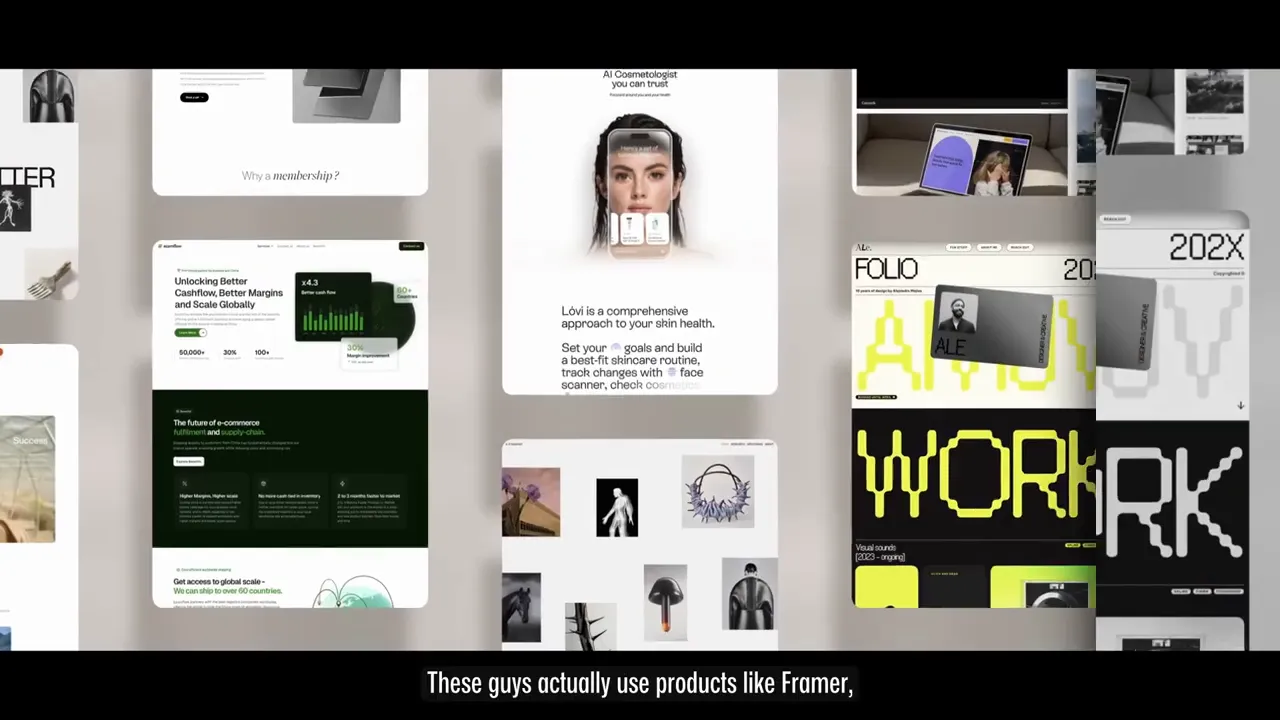
UX Writer
Crafts microcopy across the product: buttons, headings, error messages, and instructional text. Good UX writing reduces user errors and increases clarity. Since a large portion of many apps is copy, UX writers significantly influence usability and tone.

Real-world truth: many companies expect generalists
Not every company will have all these roles. Most startups and many product teams hire for generalized profiles - often titled “Product Designer” or “UI/UX Designer” - and expect a single person to cover multiple areas (research, flows, visuals, and iterations). That said, specialized roles exist and are in demand at larger companies or agencies.
How to pick the right role for you
Instead of fixating on job titles, ask yourself these three questions:
- What do I want to do daily? (Sketch flows, design pixels, run user interviews, write copy?)
- What energizes me? (Talking to users, solving information puzzles, crafting visuals, or measuring impact?)
- What skills do I want to build? (Product thinking, research methods, visual systems, animation, or writing?)
Examples:
- If you love visuals and detail work → consider UI, Illustration, Motion, or Interaction design.
- If you enjoy patterns and business impact → look at Product Design or UX Strategy.
- If you like talking to people and uncovering insights → UX Research is a strong fit.
- If you enjoy words and clarity → UX Writing and Content Strategy are niche but valuable.
Next steps and career advice
- Start learning the tools and methods aligned with your interest (e.g., user testing protocols for researchers, Figma and design systems for UI/Product designers, Framer for prototypers).
- Build a portfolio that highlights the specific outcomes and your role in achieving them - show your thinking, not just the final screens.
- Network with people in target roles and ask them about daily responsibilities and growth paths.
- Be flexible early in your career-generalist roles expose you to multiple disciplines and help you discover your specialty.
FAQ
Q: Is product design just a fancy name for UX design?
A: Not exactly. Product design usually includes UX and UI skills but emphasizes product thinking, metrics, and stakeholder communication. In practice, the terms overlap a lot-read the job description to know the true scope.
Q: Which role pays more?
A: Compensation varies by region, company stage, and experience. Senior product designers and UX strategists often earn more because they combine design craft with business impact. Specialized experts (motion, prototyping, research) can also command higher pay in large companies.
Q: Can I switch from UI to UX research or vice versa?
A: Yes. Transitioning requires deliberate skill-building: learn research methods and run projects if moving to UX research; if heading to UI from research, practice visual systems, typography, and hands-on interface design. Side projects, mentorship, and cross-functional work help accelerate the switch.
Q: Should I specialize early or stay a generalist?
A: Early on, being a generalist helps you understand multiple facets of product design. As you progress, specialize in the craft that energizes you and where you add the most impact.
Credits
Adapted from the video by Rohan Mishra. This article synthesizes and expands on Rohan's breakdown of UX, UI, product, research, strategy, and specialized design roles to help you choose the path that fits your strengths.
